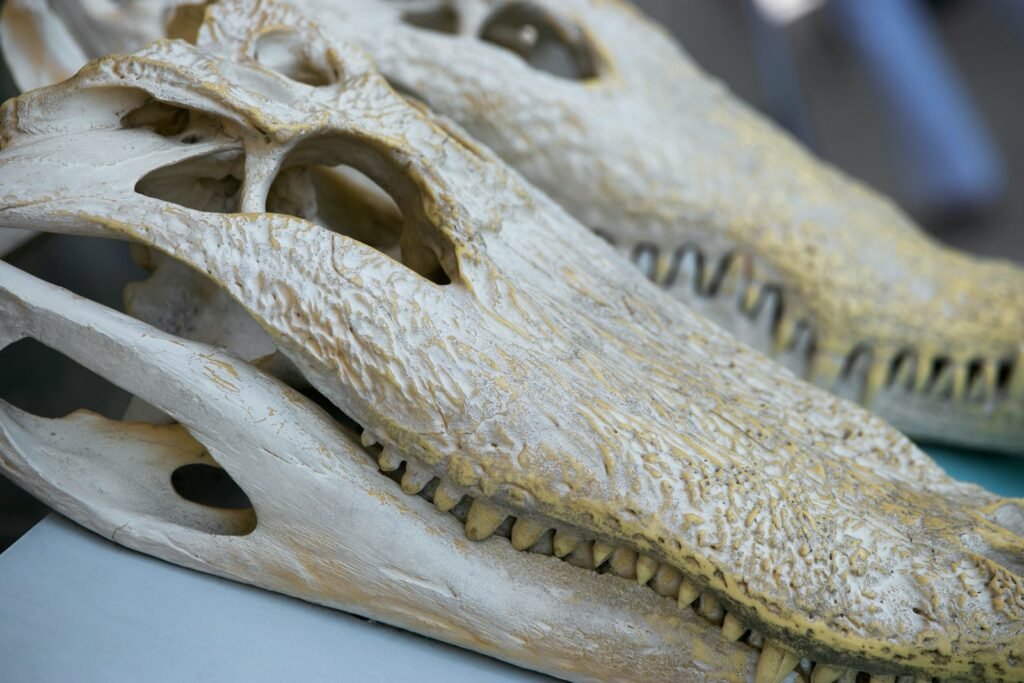Under the desert’s hard light, a new picture is forming of how ancient Egyptians turned one of the Nile’s most fearsome hunters into sacred relics. Recent fossil finds and scans of crocodile mummies suggest a surprisingly simple, sometimes brutal routine – more sun and sand than secret potions. For years, scholars assumed thick resins, natron baths, and meticulous gut removal were standard. Now, a quieter truth is emerging from tombs near Aswan and high-tech hospital scanners in Europe. The story is grittier, more practical, and somehow even more awe-inspiring.
The Hidden Clues
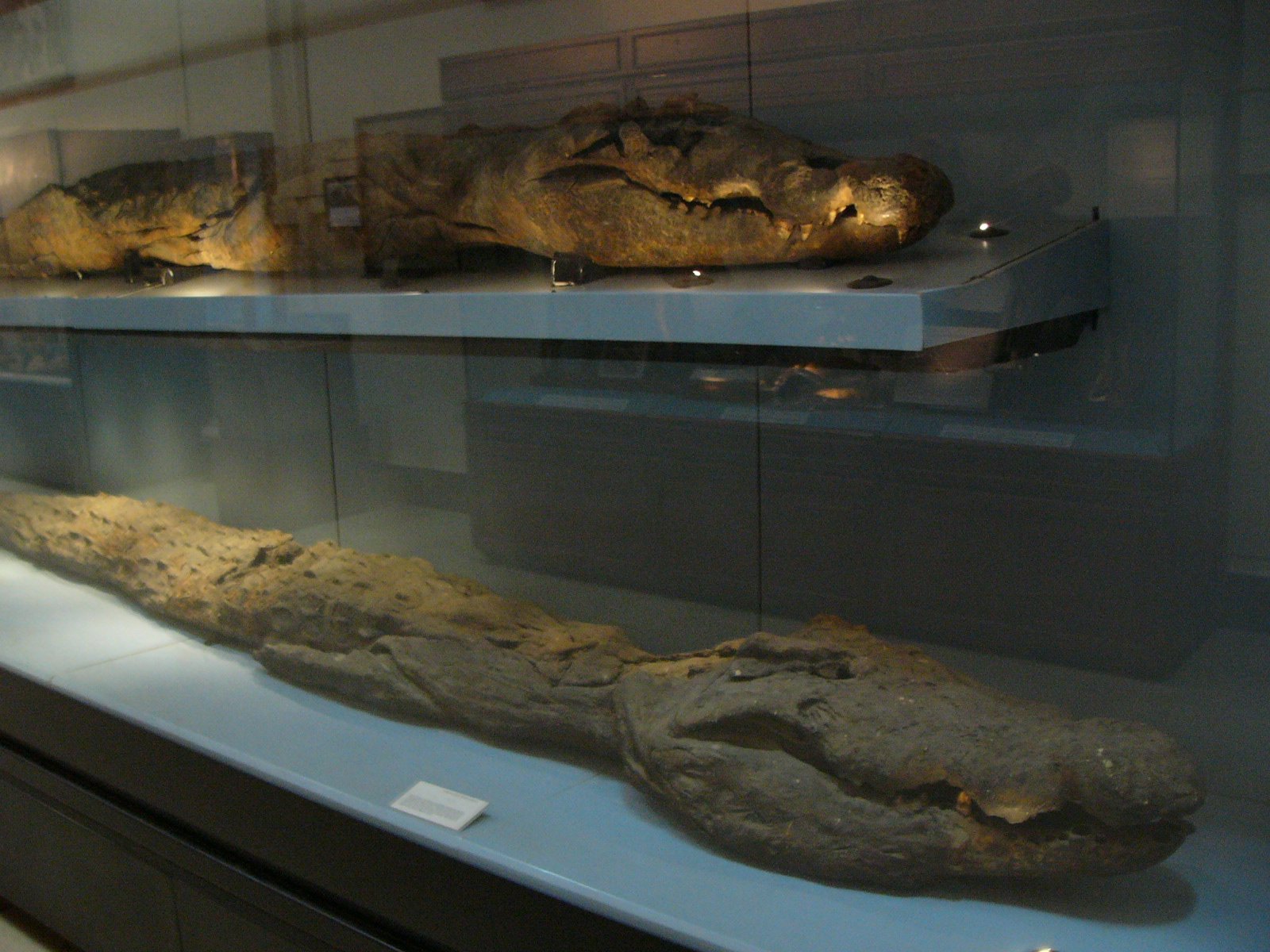
In 2018-2019, archaeologists working at Qubbet el-Hawa, opposite Aswan, uncovered an undisturbed deposit of crocodiles: five almost complete bodies and five severed heads. When researchers studied the remains, they were struck by what was missing – no layers of resin, no traces of bitumen, and, in many cases, no evidence of evisceration. Linen bandages that once wrapped the animals had been largely eaten away by insects, leaving skin, scutes, and bones exposed. The condition of the bodies pointed to a different first step in preservation. Rather than treatment on a slab, these crocodiles seem to have dried naturally in the sand.
Measurements suggest the animals ranged from roughly 4.9 to 11.5 feet, not just juveniles but imposing adults. Osteological details indicate both the Nile crocodile and the West African crocodile were represented, a pairing that reshapes assumptions about which species lived and were venerated along the river. Rope marks and the absence of violent trauma hint at a controlled death rather than a hunt ending in a bloody fight. The overall picture dates the assemblage to a pre-Ptolemaic phase, when embalming recipes had not yet turned so resin-heavy. It’s a snapshot of practice in motion, not a finished playbook.
From Ancient Tools to Modern Science
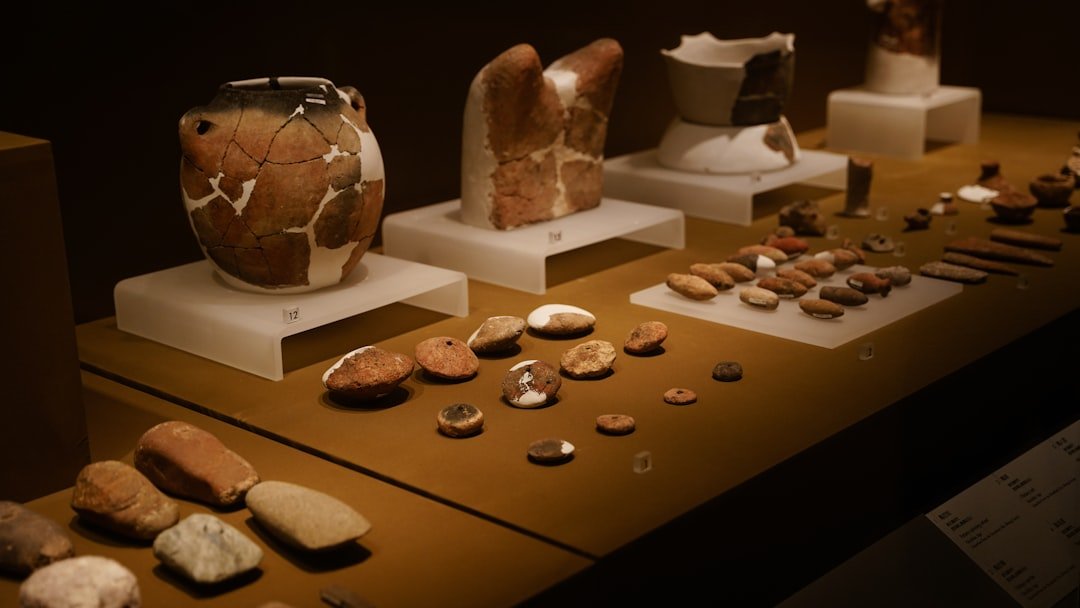
While Aswan’s tomb offered a tidy time capsule, hospital-grade CT scanners have been prying open single crocodile mummies without a scalpel. One adult specimen revealed a metal fishhook and an undigested fish still in the stomach, a startling clue that the animal was captured shortly after feeding. The imaging even allowed researchers to reconstruct the hook’s shape digitally and replicate it in bronze, reverse-engineering a likely capture tool. It’s a strangely modern echo of an ancient tactic. No resin needed – just clever physics and the river’s own ecology.
These noninvasive scans are changing the questions we can ask. Instead of guessing at diet or death, researchers can map internal organs, stomach contents, and binding materials in three dimensions. And because scanning leaves the relic intact, museums can finally study what they’ve long hesitated to unwrap.
Anatomy of an Embalming
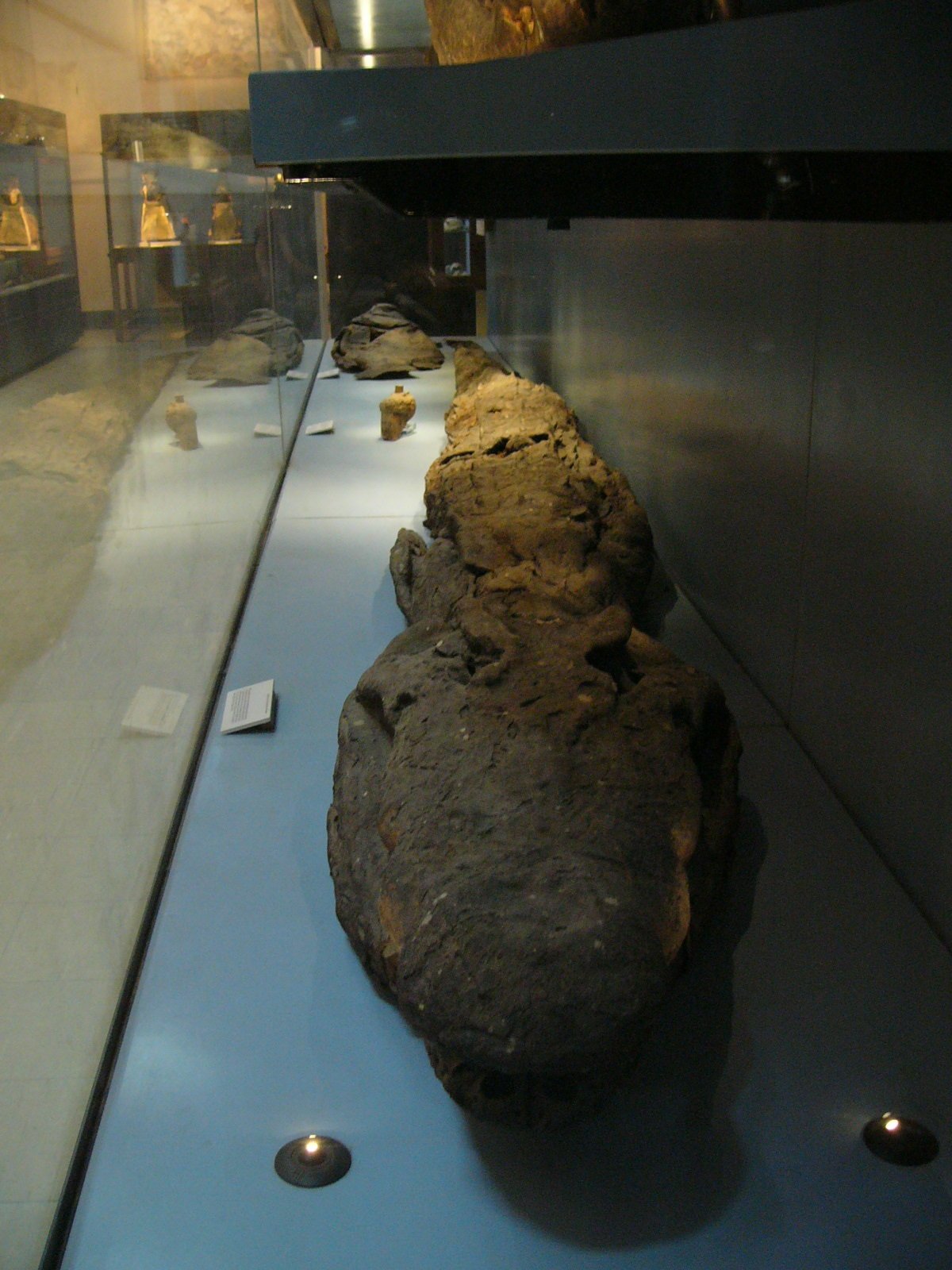
Piecing the evidence together, a likely sequence appears. Crocodiles were seized – sometimes with hooks, sometimes with ropes – and immobilized. Lacking obvious trauma, many may have died by dehydration and heat, a harsh but effective method in a land where the sun is its own furnace. The bodies were then interred in sandpits to let the desert do the drying. This natural desiccation stiffened tissues and slowed decay.
Only after drying were the animals retrieved, wrapped, and placed in rock-cut tombs or temple caches. The early-phase mummies show minimal additives compared with later, resin-rich bundles from the Ptolemaic and Roman periods. One striking sign is the occasional presence of gastroliths – stones crocodiles carry in their guts for buoyancy – still in place, which makes sense if bellies were never opened. It’s a pragmatic choreography: capture, desiccate, wrap, entomb.
What the Crocodiles Reveal
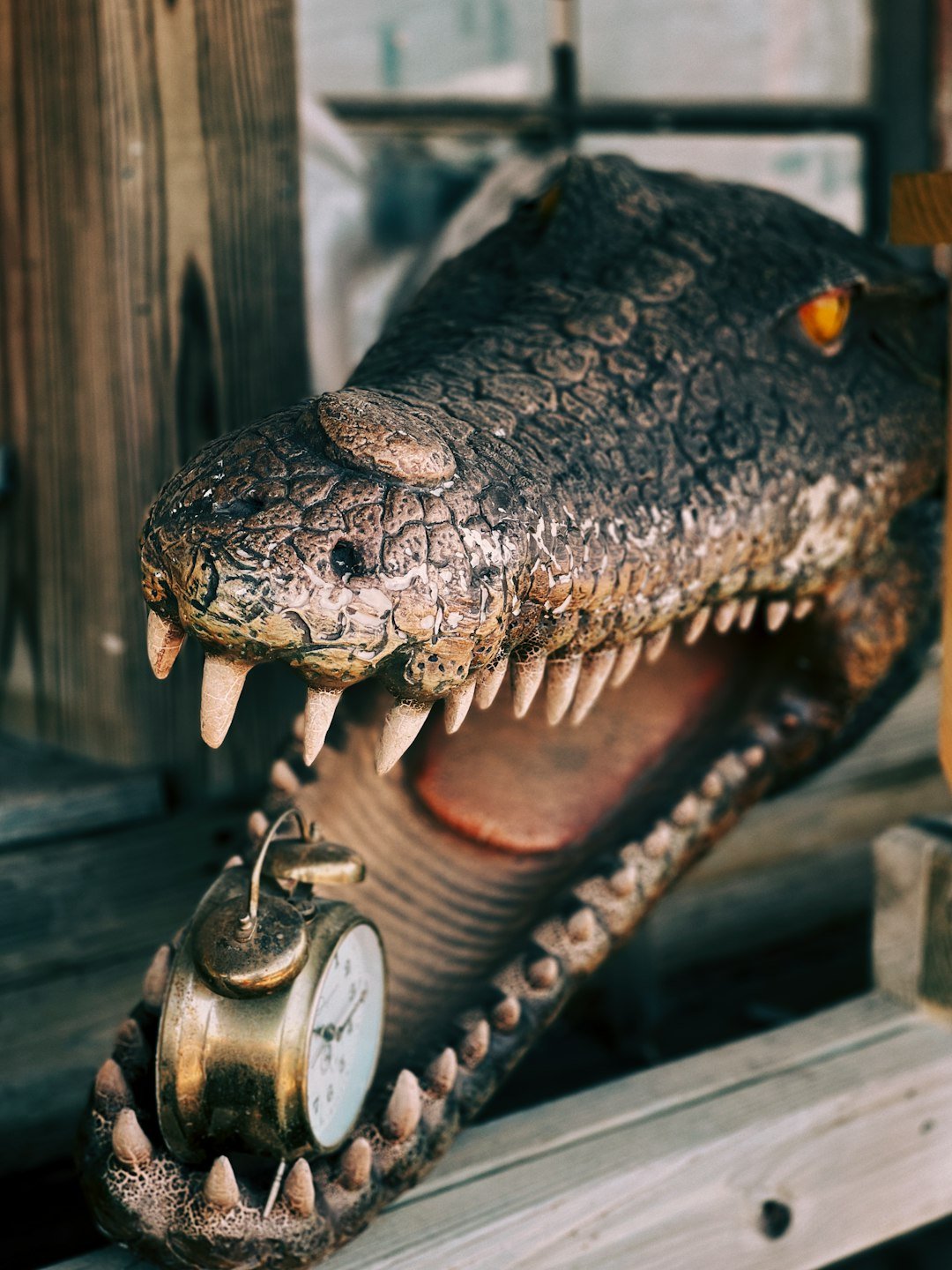
A few finds speak volumes. The fish-and-fishhook pairing points to quick processing – essentially, catch and consecrate – rather than long-term husbandry for large adults. At Qubbet el-Hawa, the mix of full bodies and detached heads suggests different “final products” were acceptable offerings, perhaps tied to cost or ritual preference. Length estimates imply wild individuals were regularly involved, challenging the idea that all crocodiles came from controlled temple pools.
Genetic and morphological work over the past decade also underscores a dual-species story along the Nile. That both Nile and West African crocodiles turn up in sacred contexts hints at careful selection and a refined local taxonomy long before modern biology split the species. In short, priests and hunters knew their crocodiles.
Sacred Economy and Society
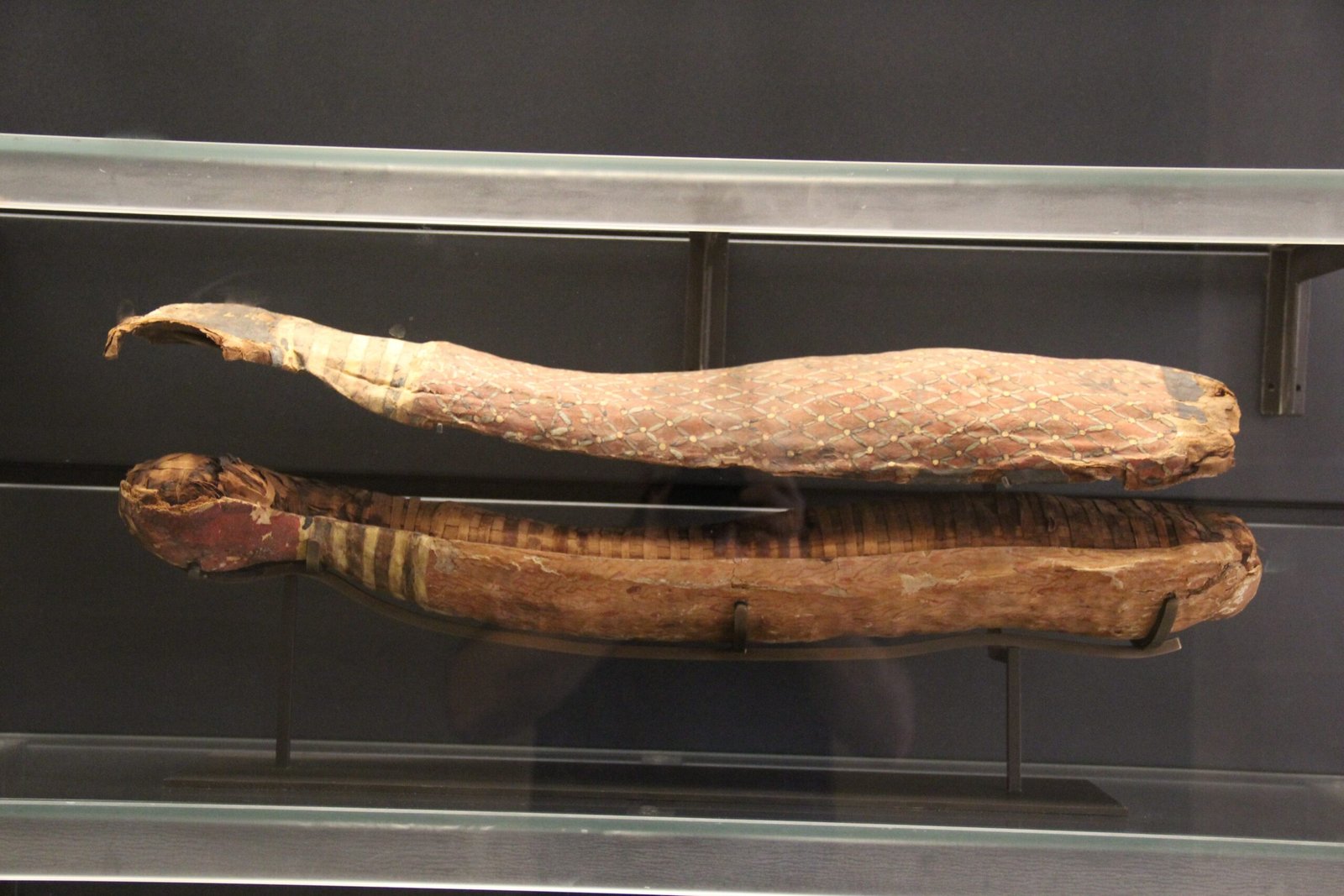
Behind the rituals sat logistics. Demand for animal votive mummies in Egypt was enormous, and crocodiles were part of that spiritual marketplace. Cult centers such as Kom Ombo and sites in the Fayum devoted resources to Sobek, the crocodile god of water, fertility, and protection. In that context, a stable supply of crocodile bodies – whole or partial – was a practical necessity. Natural mummification in sand would have lowered costs and sped up production.
Not every crocodile was destined for quick ritual turnover. A privileged few were kept and honored in life, likely until old age, serving as living avatars maintained by priestly staff. But the broader pattern is utilitarian devotion: efficient capture methods, consistent preparation, and standardized offerings for a worship practice that reached everyday people.
Why It Matters
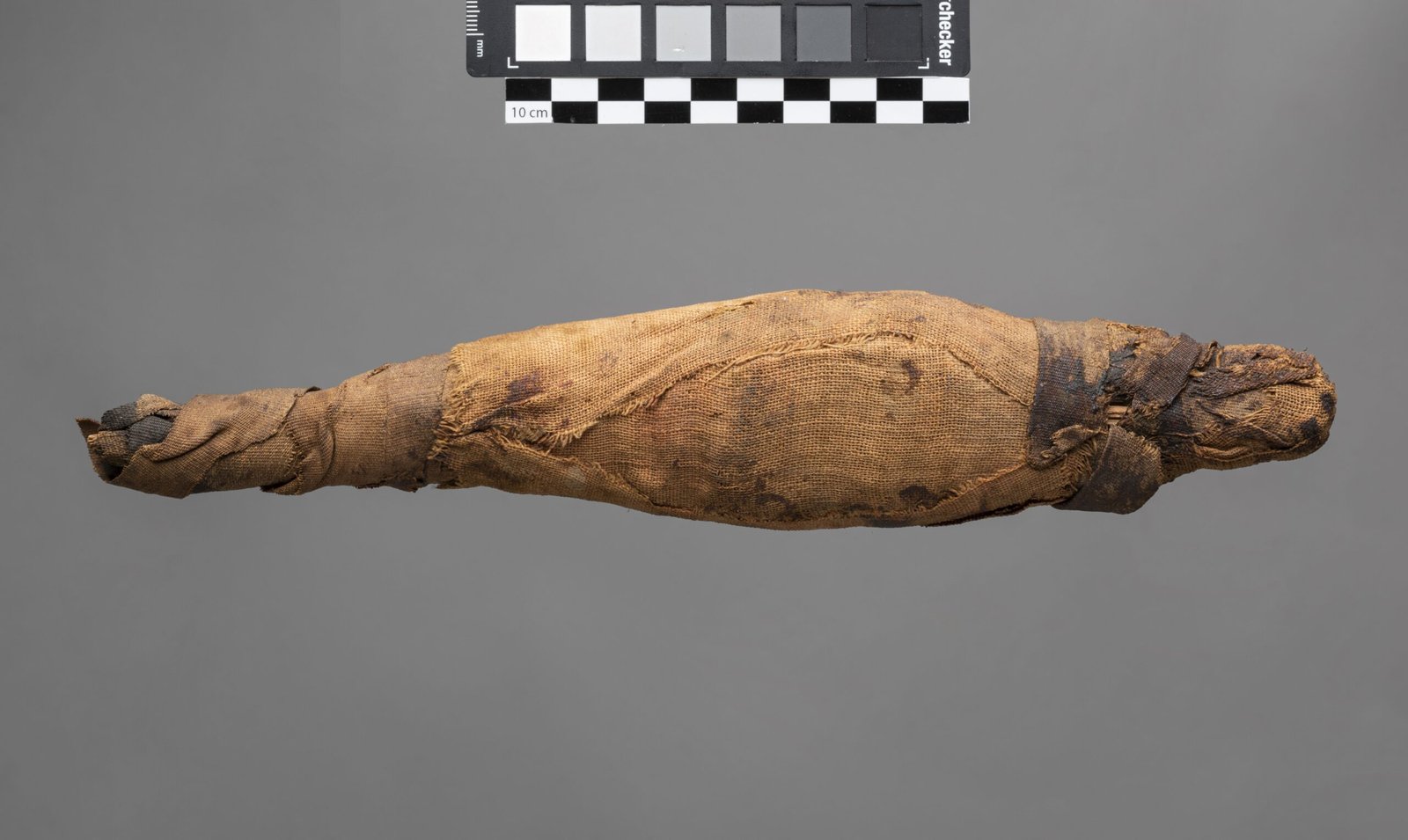
This is more than a tale of ancient taxidermy. The findings revise our mental model of Egyptian mummification by showing a spectrum of techniques tuned to purpose, period, and budget. Human royal burials were chemistry and ceremony; crocodile votives, at least in earlier phases, could be chemistry-light and labor-savvy. That contrast pushes us to rethink the relationship between religion and craft, where sacred intent didn’t always demand maximal technology.
There’s also a scientific payoff. Noninvasive imaging and carefully excavated caches can confirm behavior, diet, and death without sacrificing artifacts. To me, the most striking detail is how ordinary materials – sun, sand, fiber – did so much of the work. It’s a reminder that preservation is sometimes just a clever alignment with climate. The desert, if you know how to use it, is an impeccable lab partner.
The Future Landscape

What comes next is a mix of sharper tools and harder questions. Micro-CT and photogrammetry will map microfractures, binding threads, and even insect damage, while proteomics and residue analysis may flag trace balms invisible to the naked eye. Ancient DNA and stable isotopes could trace where specific crocodiles were captured, separating river-hunters from temple-managed stock. That, in turn, could outline trade routes, seasonal rhythms, and how far people traveled to feed the cults of Sobek.
There are challenges. Conservation priorities have to balance research access with fragile wrappings and skins, and museums must navigate the ethics of display for votive remains. Climate-controlled storage, open data, and collaboration with Egyptian authorities will decide how much we learn before heat, humidity, and time win their slow battle. If we’re lucky, the next wave of scans will transform these silent reptiles into witnesses – guides to the everyday technicians who worked in the shadow of the sacred.
Conclusion
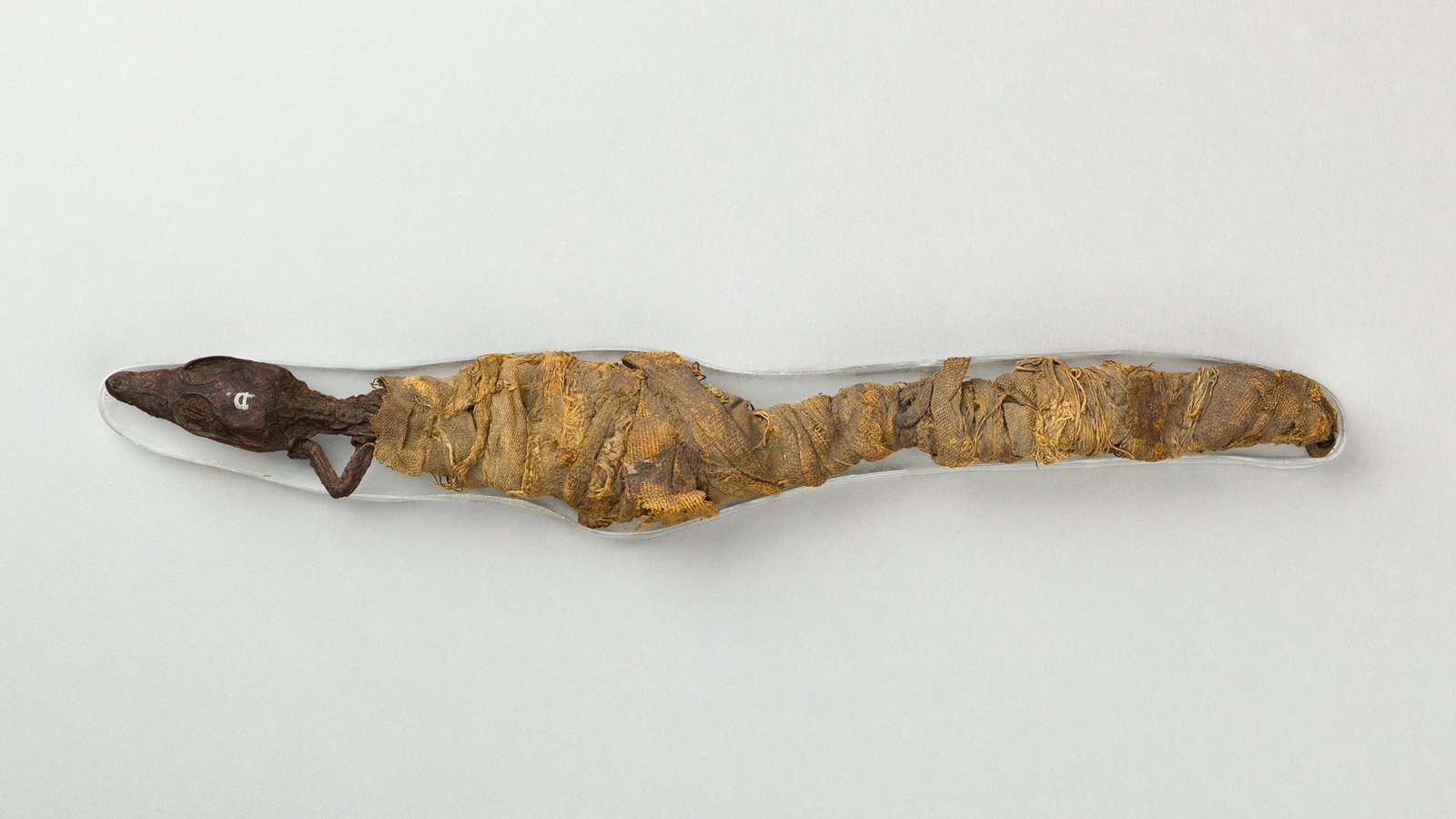
If this science sparks your curiosity, there are simple ways to help. Support museums and field projects that commit to noninvasive research and publish their data openly, especially collaborations led with Egyptian partners. Encourage ethical curation by engaging with institutions that share context about animal mummies rather than treating them as curiosities.
Consider backing wildlife organizations protecting modern Nile crocodiles and their habitats, a living connection to the animals that once guarded Egypt’s riverbanks. And when you encounter sensational claims about mummies, ask for the method behind the headline – was it CT, DNA, or careful excavation? The past gets clearer when we insist on good science; will you add your voice to that crowd?

Suhail Ahmed is a passionate digital professional and nature enthusiast with over 8 years of experience in content strategy, SEO, web development, and digital operations. Alongside his freelance journey, Suhail actively contributes to nature and wildlife platforms like Discover Wildlife, where he channels his curiosity for the planet into engaging, educational storytelling.
With a strong background in managing digital ecosystems — from ecommerce stores and WordPress websites to social media and automation — Suhail merges technical precision with creative insight. His content reflects a rare balance: SEO-friendly yet deeply human, data-informed yet emotionally resonant.
Driven by a love for discovery and storytelling, Suhail believes in using digital platforms to amplify causes that matter — especially those protecting Earth’s biodiversity and inspiring sustainable living. Whether he’s managing online projects or crafting wildlife content, his goal remains the same: to inform, inspire, and leave a positive digital footprint.

